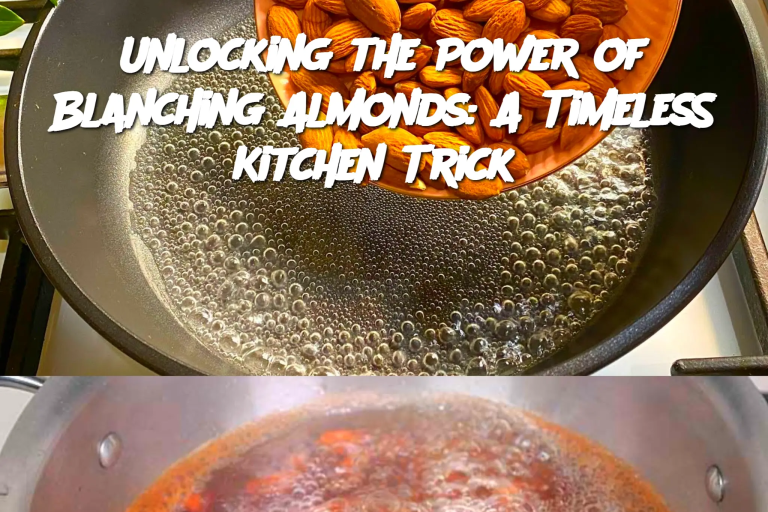ADVERTISEMENT
Toasted Blanched Almonds: For a richer flavor, toast the blanched almonds in a dry skillet or the oven until golden brown. This enhances their nutty aroma, perfect for salads, granola, or baking.
Blanched Almond Milk: Blanched almonds make for a creamier, smoother alternative to regular almonds when making almond milk. Simply blend the blanched almonds with water and strain for a rich, dairy-free drink.
Blanched Almond Flour: If you're baking gluten-free treats, you can pulse the blanched almonds in a food processor to create almond flour. This flour is perfect for low-carb cakes, cookies, and pancakes.
FAQs:
Q1: Why should I blanch almonds?
Blanching almonds removes the skins, which can sometimes have a bitter taste. This process also makes the almonds smoother, which is ideal for certain recipes like almond milk or almond butter.
Q2: Can I blanch almonds in the microwave?
Yes, you can blanch almonds in the microwave by soaking them in hot water for a few minutes. However, the stove method tends to be more reliable and even.
Q3: Is blanching almonds necessary for all recipes?
No, blanching isn't essential for all recipes. However, it can improve the texture and flavor for specific dishes, especially those where a smooth, creamy consistency is desired.
Q4: Can I use blanched almonds in savory dishes?
Absolutely! Blanched almonds can be used in savory recipes like roasted vegetable salads, pasta dishes, or even as a crunchy topping for stir-fries. Their mild flavor works well in both sweet and savory cooking.
By following these simple steps to blanch almonds, you can open up a world of culinary possibilities. Whether you're preparing homemade almond butter or adding a smooth crunch to your dishes, this technique is a must-try in any kitchen.
ADVERTISEMENT
